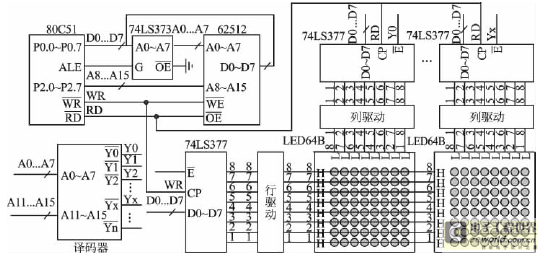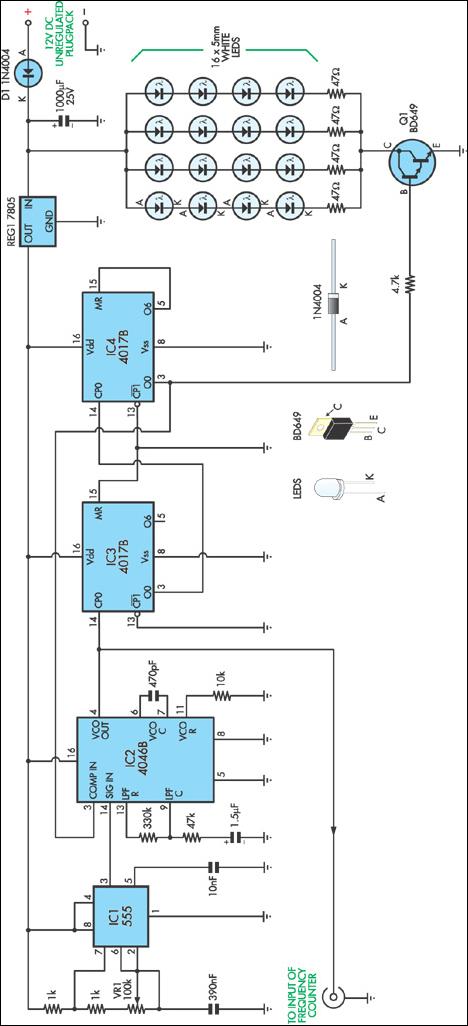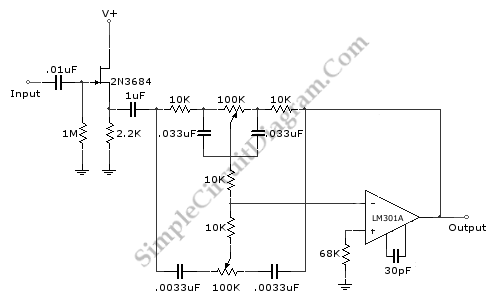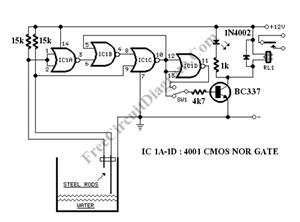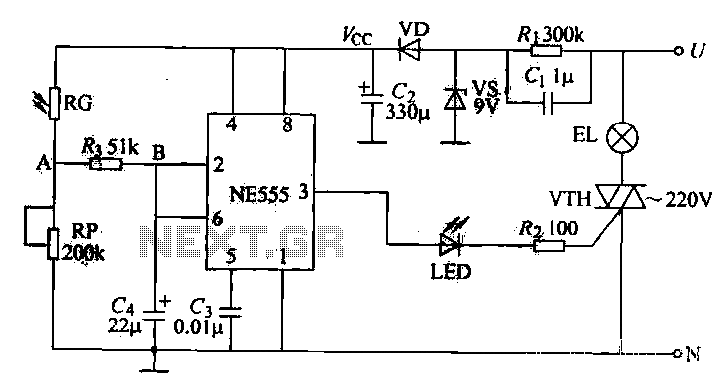
DC-DC Controllers Use Average-Current-Mode Control for Infotainment Applications
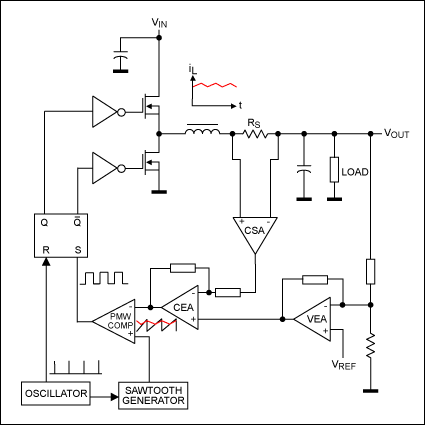
As high-performance microprocessors require increased power in automotive multimedia and telematics, commonly referred to as infotainment products, several well-known issues arise, including noise susceptibility, electromagnetic interference (EMI), and loop compensation, among others. Average current-mode control (ACMC) assists in mitigating these challenges, particularly in car infotainment applications. This article provides a fundamental overview of ACMC and complements the MAX5060/MAX5061 control IC datasheet.
Average current-mode control (ACMC) is a technique utilized in power supply design, especially relevant in the context of automotive applications where reliability and performance are critical. ACMC enables improved regulation of output voltage and current, enhancing the overall efficiency of power conversion systems. In automotive infotainment systems, where microprocessors operate at high speeds and require stable power supplies, ACMC helps to minimize the effects of noise susceptibility and EMI, which can disrupt the performance of sensitive electronic components.
The MAX5060 and MAX5061 are integrated circuits designed to facilitate the implementation of ACMC in automotive power supply designs. These control ICs provide features such as adjustable output voltage, built-in loop compensation, and protection mechanisms against overcurrent and thermal conditions. The use of these ICs simplifies the design process by incorporating necessary functionalities, allowing engineers to focus on optimizing other aspects of the circuit.
Incorporating ACMC into the power supply design for infotainment systems not only enhances performance but also ensures compliance with stringent automotive standards regarding electromagnetic compatibility. By effectively managing current flow and minimizing ripple voltage, ACMC contributes to the longevity and reliability of automotive electronic systems, making it an essential consideration in modern automotive design.As high-performance microprocessors demand more power in auto multimedia and telematics, (aka infotainment products), so do some of the well-known problems like noise susceptibility, EMI and loop compensation to name a few. Average current-mode control (ACMC) helps to relieve these problems, especially in car infotainment applications.
This article gives a basic description of ACMC and supplements the MAX5060/MAX5061 control IC datasheet.. 🔗 External reference
Average current-mode control (ACMC) is a technique utilized in power supply design, especially relevant in the context of automotive applications where reliability and performance are critical. ACMC enables improved regulation of output voltage and current, enhancing the overall efficiency of power conversion systems. In automotive infotainment systems, where microprocessors operate at high speeds and require stable power supplies, ACMC helps to minimize the effects of noise susceptibility and EMI, which can disrupt the performance of sensitive electronic components.
The MAX5060 and MAX5061 are integrated circuits designed to facilitate the implementation of ACMC in automotive power supply designs. These control ICs provide features such as adjustable output voltage, built-in loop compensation, and protection mechanisms against overcurrent and thermal conditions. The use of these ICs simplifies the design process by incorporating necessary functionalities, allowing engineers to focus on optimizing other aspects of the circuit.
Incorporating ACMC into the power supply design for infotainment systems not only enhances performance but also ensures compliance with stringent automotive standards regarding electromagnetic compatibility. By effectively managing current flow and minimizing ripple voltage, ACMC contributes to the longevity and reliability of automotive electronic systems, making it an essential consideration in modern automotive design.As high-performance microprocessors demand more power in auto multimedia and telematics, (aka infotainment products), so do some of the well-known problems like noise susceptibility, EMI and loop compensation to name a few. Average current-mode control (ACMC) helps to relieve these problems, especially in car infotainment applications.
This article gives a basic description of ACMC and supplements the MAX5060/MAX5061 control IC datasheet.. 🔗 External reference
